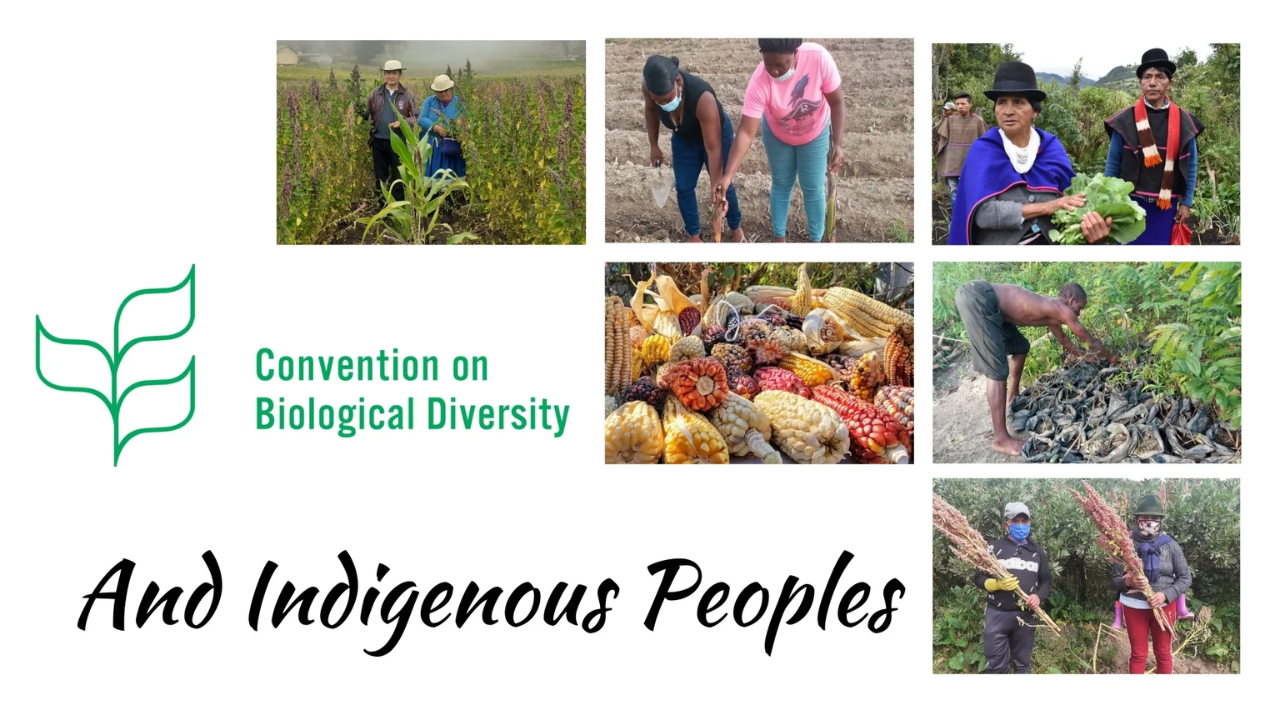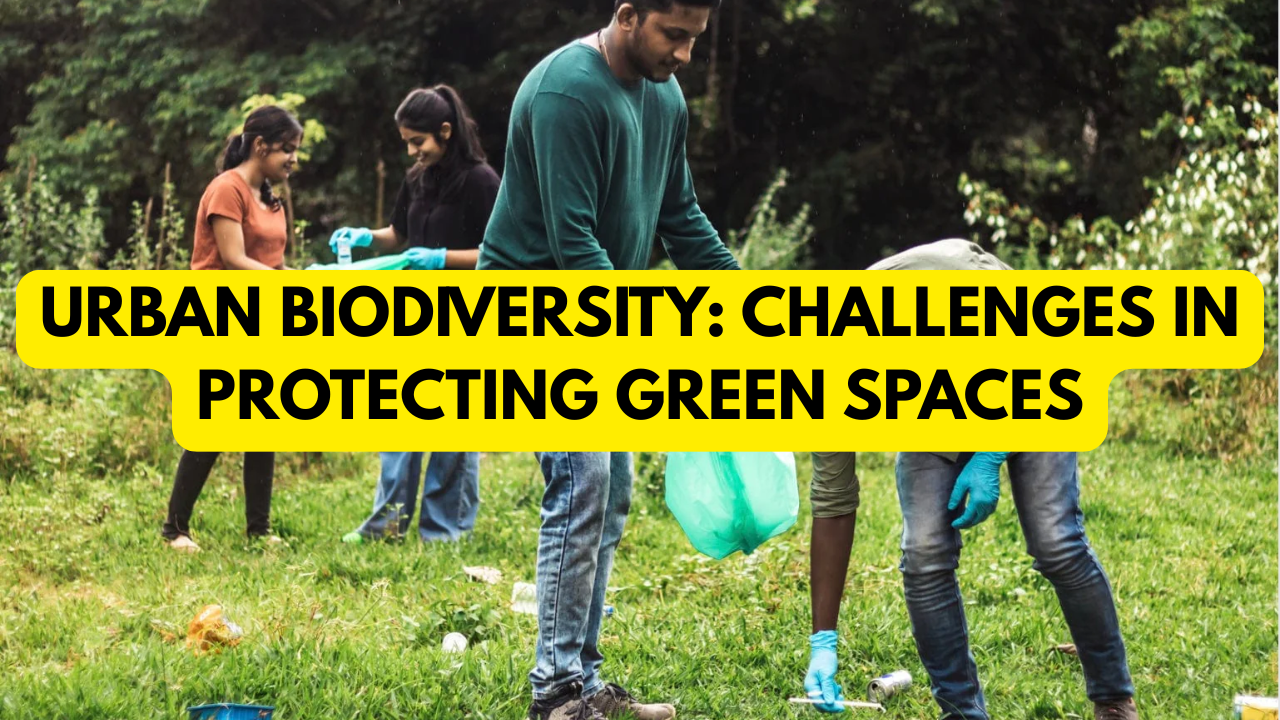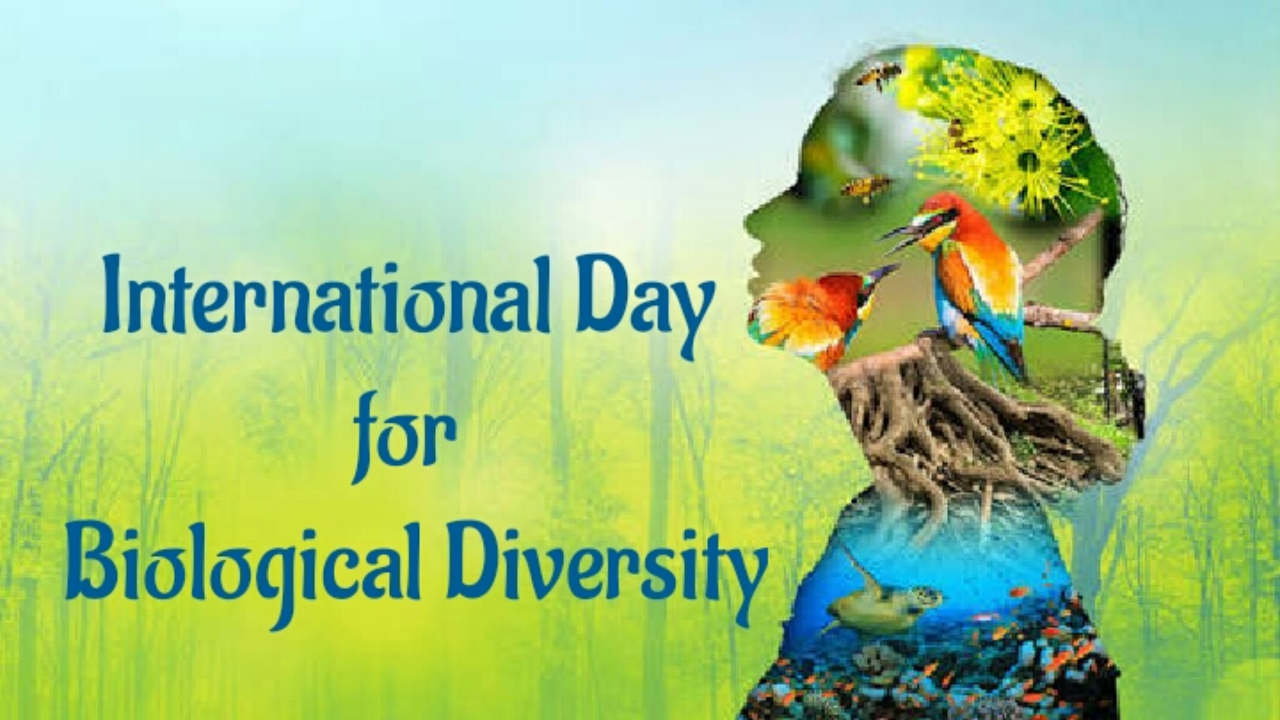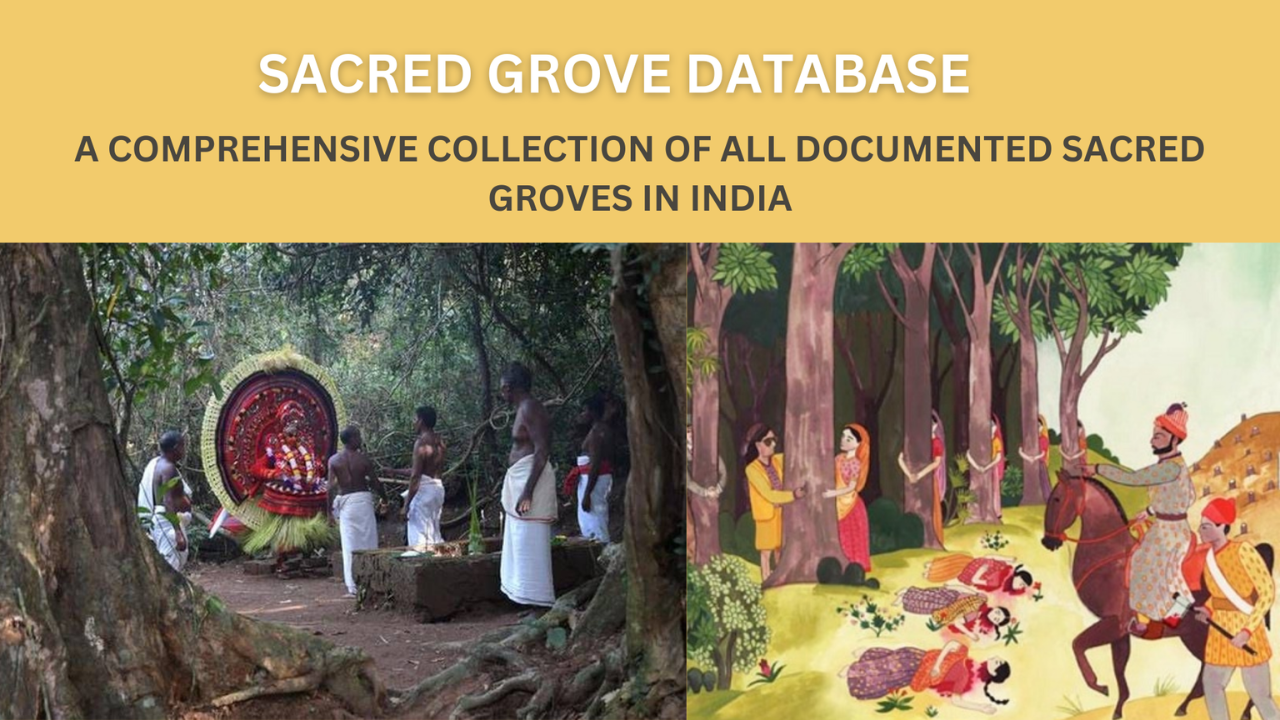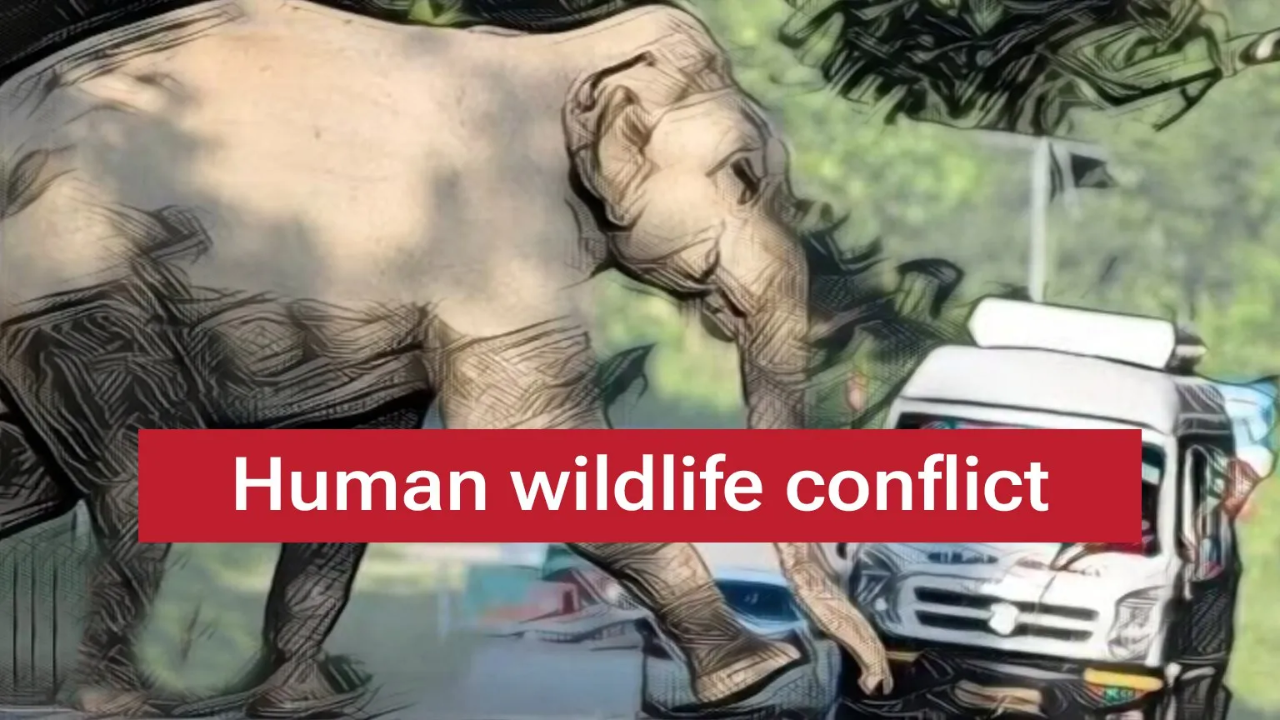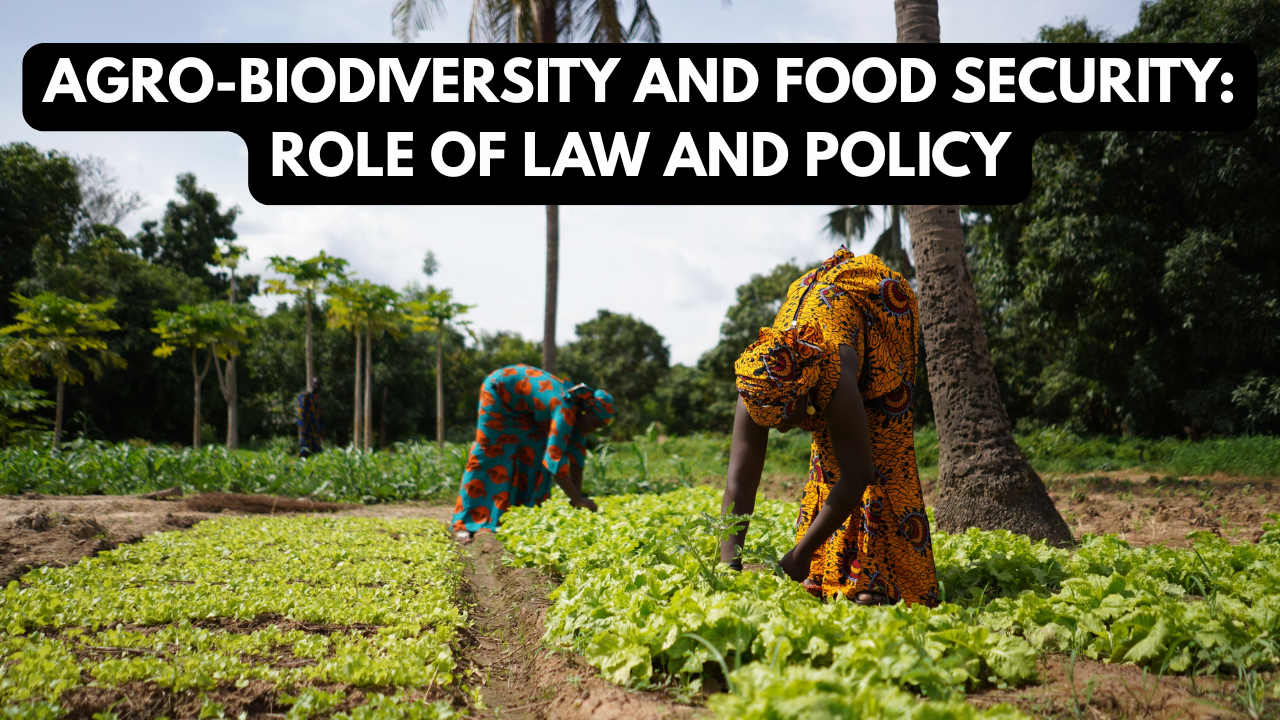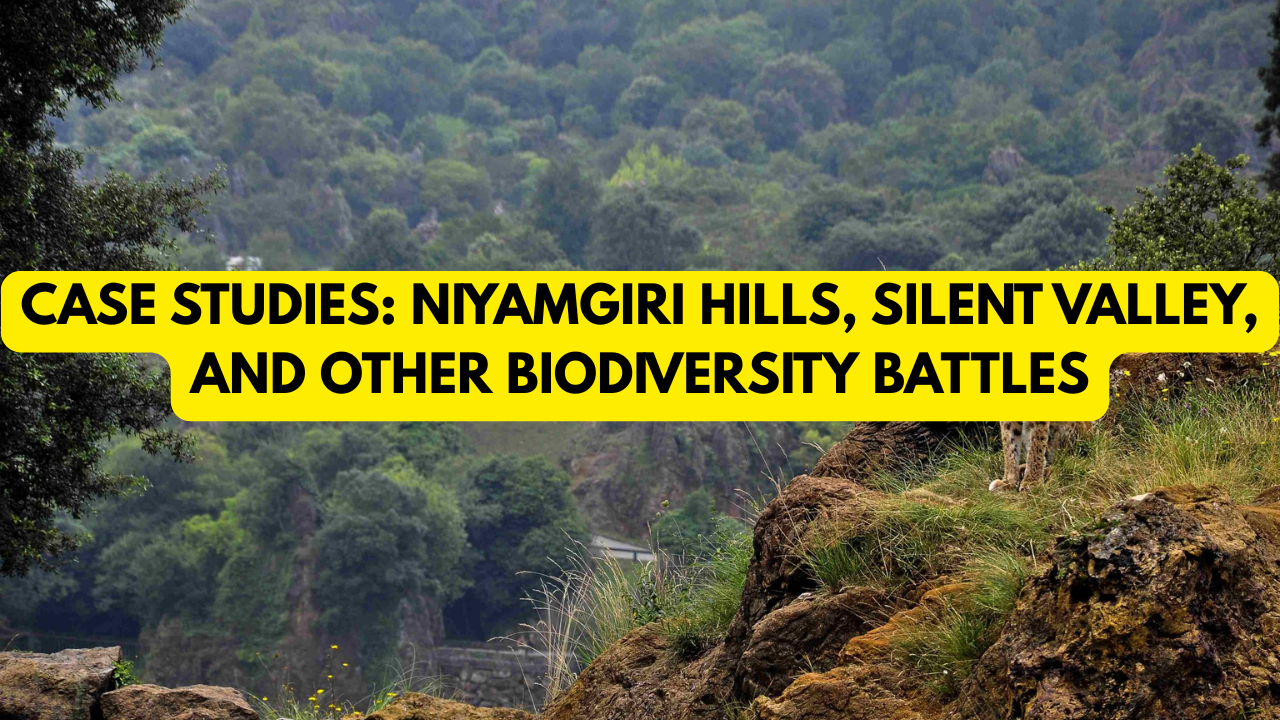Role of Indigenous Communities in Biodiversity Conservation
Indigenous communities have lived in close harmony with nature for centuries, developing unique ways of managing ecosystems that ensure balance between human needs and the environment. Their knowledge systems, cultural traditions, and spiritual practices make them custodians of biodiversity, often safeguarding forests, wildlife, water sources, and medicinal plants far more effectively than modern systems. Recognizing … Read more

